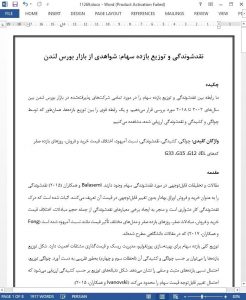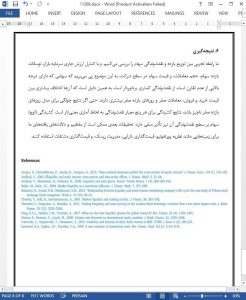Abstract
We investigate the relationship between liquidity and the distribution of returns, for all listed firms on the London Stock Exchange between 2002–2018. We find a strong relationship between the distribution of returns, as measured by skewness and kurtosis, and liquidity.
1. Introduction
There is substantial literature on the liquidity of stocks. Balasemi et al. (2015) describe liquidity as the buying and selling of a security with no considerable change in the price. Liquidity has proved to be difficult to observe, which has led to a number of liquidity measures being established in the academic literature including trading volume, bid-ask spread, zero-trading, zero-return days and various price impact models such as the Amihud ratio (Fong et al., 2017). A limited number of studies have linked liquidity to stock returns. Amihud et al. (2005) believe that liquidity predicts future returns. In addition, Baker and Stein (2004) show a positive relationship between liquidity and stock returns.
6. Conclusion
We examine the empirical relationship between the distribution of returns and stock liquidity. Controlling for market capitalization, stock return volatility, trading volume and stock price at firm level, we find evidence that stocks with a high degree of asymmetry are less liquid. This is because they exhibit a larger bid-ask spread, more zero-trading and zero-return days. Even though the skewness results are insignificant for the zero-return days model, the Kurtosis results are statistically significant for all of the five liquidity measures. A stock's kurtosis also negatively affects the liquidity level. Further research might consider the implications of our findings for areas such as portfolio theory, asset pricing, risk management and derivatives pricing










